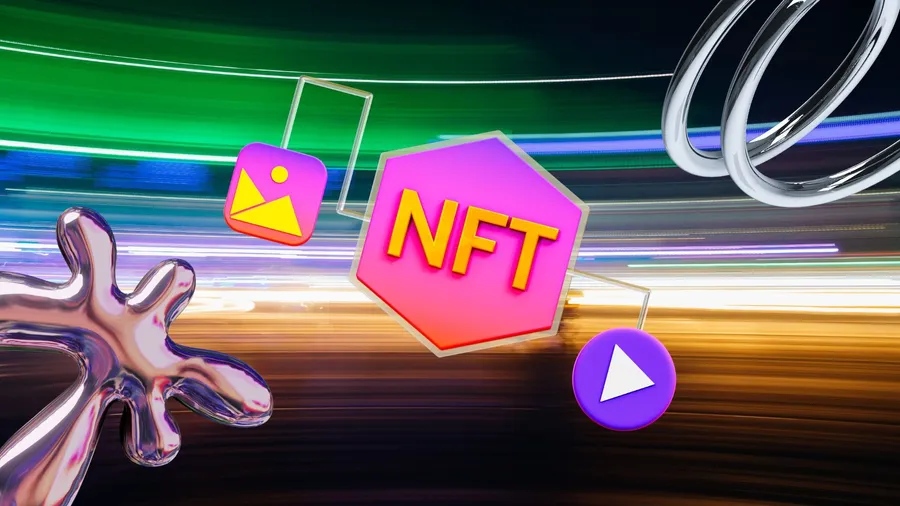From investment, incubation to services: How do DAOs change the venture capital market?
Author: Peter 'pet3rpan', 1kx
Translation: Block unicorn
In the past, there have been multiple attempts to disrupt venture capital:
- The rise of angel investors (AngelList, 2010).
- The establishment and regulation of equity crowdfunding (Jobs Act, 2012).
- Crypto crowdfunding ICOs through token sales (2013).
While many of these efforts successfully created more passive capital supply for founders, they largely failed to adequately meet the operational needs of founders that enable projects to go to market faster and succeed throughout their lifecycle: talent, design, product, marketing, research, economics, engineering, community building, business development, regulatory guidance, and domain expertise.
Capital itself is abundant, but valuable services are not. Despite the influx of capital into the tech and crypto ecosystems, high-value services remain scarce.
We believe this is based on the following factors:
- Founders lack publicly verifiable data on the quality of services that investors can provide, and many founders do not conduct due diligence on investors. As a result, many founders are unable to optimize their investors based on the services they provide.
- The lack of high-quality data on investors has led to a sales-driven risk environment where investors overpromise but underdeliver. Unlike service providers bound by contractual obligations or founders bound by established timelines, investors are not held to the same standards, even though they can only secure competitive rounds of funding through proposed value propositions.
Thus, whether in crypto or the broader venture capital space, the funding landscape is primarily composed of passive capital.
Although 1kx and a few other funds strive daily to be exceptions to the norm, we have been unable to drive a fundamental change in the broader investor landscape. Fortunately, we believe a transformation is imminent—we believe this transformation begins with Service DAOs.
Before we discuss Service DAOs, let’s take a look at the lineage of DAOs involved in the venture financing landscape.
The Rise of Investment DAOs (First Generation)
The initial hypothesis of the first DAOs (MetaCartel Ventures and LAO) was that the aggregated network and expertise of 60-100 DAO members (builders and investors) could better assess projects and provide value-added support compared to a typical venture fund operated by 2-3 partners.
Despite this initial argument, many first-generation investment DAOs fundamentally failed to add value by providing access to the personal networks of DAO members and/or personal access to internal investment DAO deal leads. This is because many DAOs were too focused on making investment decisions rather than on other more helpful value-added efforts. We expect that as more investment DAOs enter the market, they will expand their operational focus over time as they face increasing competition.
Even so, today’s investment DAOs have been able to secure funding rounds entirely based on the breadth of their networks and the reputation signals they provide to other investors.

Investment DAO Landscape (Source: 1kx)
The Rise of Incubation DAOs (Second Generation)
Incubation DAOs are communities that collectively help launch and promote new products and projects—while gaining a small portion of project ownership in exchange for the initial incubation provided.
While these incubation DAOs often offer ideation plans or design sprints, where pre-launch projects can plan their product strategies behind the scenes, many incubators frequently apply for participation in the community signals provided by these DAOs rather than actual operational value addition.
As communities often precede social and technological revolutions, incubation DAOs have played a key role in exploring the maze of ideas that make them "homemade computer clubs" for various ecosystems.

Incubation DAO Industry (Source: 1kx)
Next Steps: The Rise of Service DAOs—Disrupting the Unit Economics of Venture Capital
While the DAOs mentioned so far primarily address the ecosystem's demand for high-value services, we believe that to develop the venture capital landscape for founders, we need to assess venture capital from a service perspective rather than purely a financial function:
- Projects receive funding and value-added services from investors.
- Projects pay the price in project ownership dilution. (Selling their symbolic supply or equity %)
We anticipate that more DAOs will shift their focus away from investment and instead operate primarily as "Service DAOs"—gathering high-quality professionals under one community to provide services to third parties (engineering, auditing, design, legal, research, financial management, etc.) in exchange for project ownership. As these Service DAOs establish demand for their services, they will be able to accumulate ownership of the protocols they use, further coordinating incentives among themselves.
While some funds traditionally offer various services under the same umbrella, we may see that the pricing of services provided through Service DAOs is much more refined, and the unit economics may be significantly better than those of funds that offer bundled services under their "platform."

Case 1: Suppose a team needs help primarily with regulatory guidance; which options might they choose?
- A platform that provides funding, brand awareness, talent sourcing, and regulatory guidance, seeking 10% of the project's symbolic supply.
- A regulatory guidance Service DAO that offers the same high-quality service in exchange for 1% of the token network.
If a team requires other available services provided by the fund in addition to regulatory guidance, it may make sense for the team to collaborate with that fund. Otherwise, the Service DAO model allows projects to directly meet their needs without the significant dilution that traditional funds often bring.
From our perspective, we see this bottom-up service competition intensifying, fundamentally improving the unit economics of venture capital, benefiting the community and founders.

Service DAO Landscape
Why DAO?
35% of U.S. employment is dedicated to building trust (legal contracts, enforcement, auditors), which is reflected in the administrative processes required to establish and operate equity companies—through organizational stacks that support smart contracts, which can take weeks instead of potentially just minutes.

This is a fundamental advantage of today’s crypto organizations compared to traditional equity organizations. However, despite this unique advantage, the success of DAOs as a scalable model still faces several major measures.
These measures include:
- The ability to retain the best contributors. (The best contributors in DAOs may face significant economic incentives to elevate their capabilities and join individual projects. How can DAOs provide equivalent financial advantages for participation?)
- Addressing the free-rider problem. (DAOs need to figure out how to balance community ownership and individual participants to ensure that the most active contributors are rewarded for their work and have long-term interests in the DAO while minimizing the impact of passive members.)
- Difficulty in activating potential community talent. (Even for DAOs that can access talent, getting talent in the network to contribute is challenging. How do we create scalable coordination processes to efficiently generate high-quality output?)
While DAOs today have not yet achieved 100% long-term operational excellence, we believe that the lower costs of forming and coordinating crypto entities will enable DAOs not only to diffuse more widely but also to experiment around new novel incentives and ownership structures. Through permissionless innovation and access to a talent pool of open-source contributors, we believe DAOs will ultimately form more flexible, programmatic, and expressive organizational structures capable of better aggregating, retaining top contributors, and attributing value to the best contributors. In turn, we believe these internet-native organizations will produce higher quality outputs with greater efficiency.
A Vision for a Native DAO Startup Industry
We stand on the brink of a venture capital revolution, hoping to accelerate the vision of building a DAO-native venture capital landscape.
In the next 18-24 months, we will continue to:
- Invest in Service DAOs, Incubation DAOs, Investment DAOs.
- Help various DAOs collaborate with each other to form joint ventures.
- Create a network of Service DAOs to cross-pollinate operational insights.
- Assist in determining how Service DAOs handle projects of varying maturity from early teams to large-scale symbolic management treasuries.
So far, we have seeded a vibrant DAO ecosystem under our portfolio:

Directly meeting their needs without incurring the significant dilution that traditional funds often bring.
Helping early teams launch token networks:
- Designing token economic models (allocation strategies, incentive plans, governance structures, value loops).
- Ecosystem building (initiating or guiding market supply and demand DAOs, community coordination, contributor coordination, governance participation).
- Guiding infrastructure ecosystems (running validators, building open-source infrastructure for portfolio projects, operating liquidity supply and arbitrage bots).










